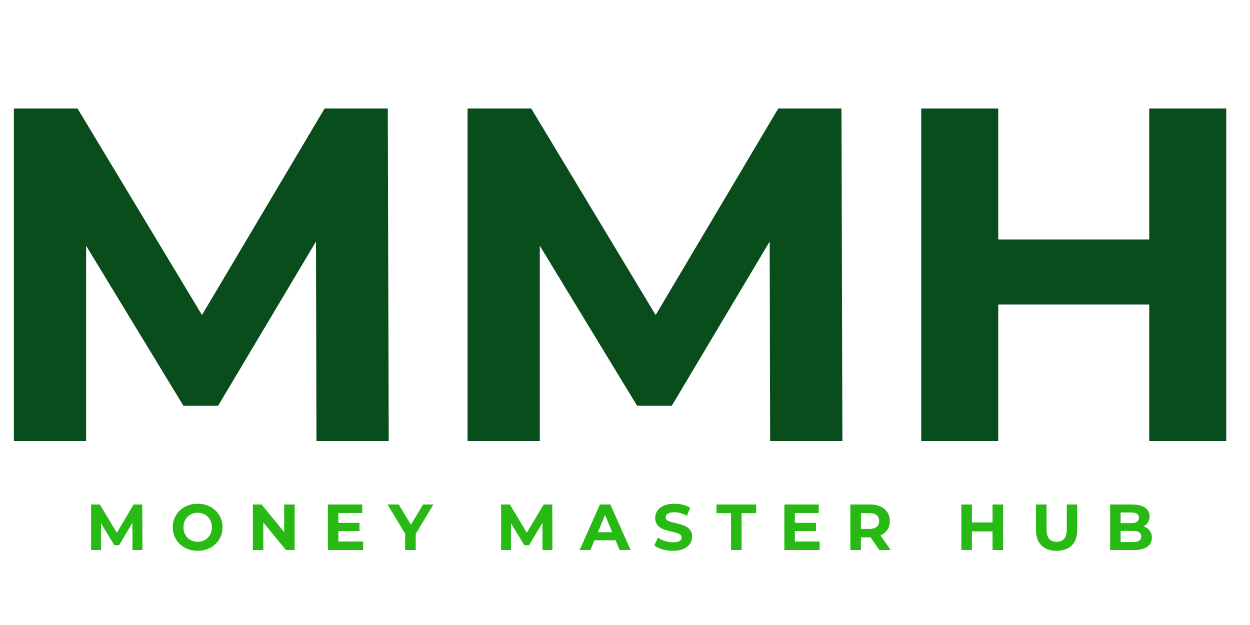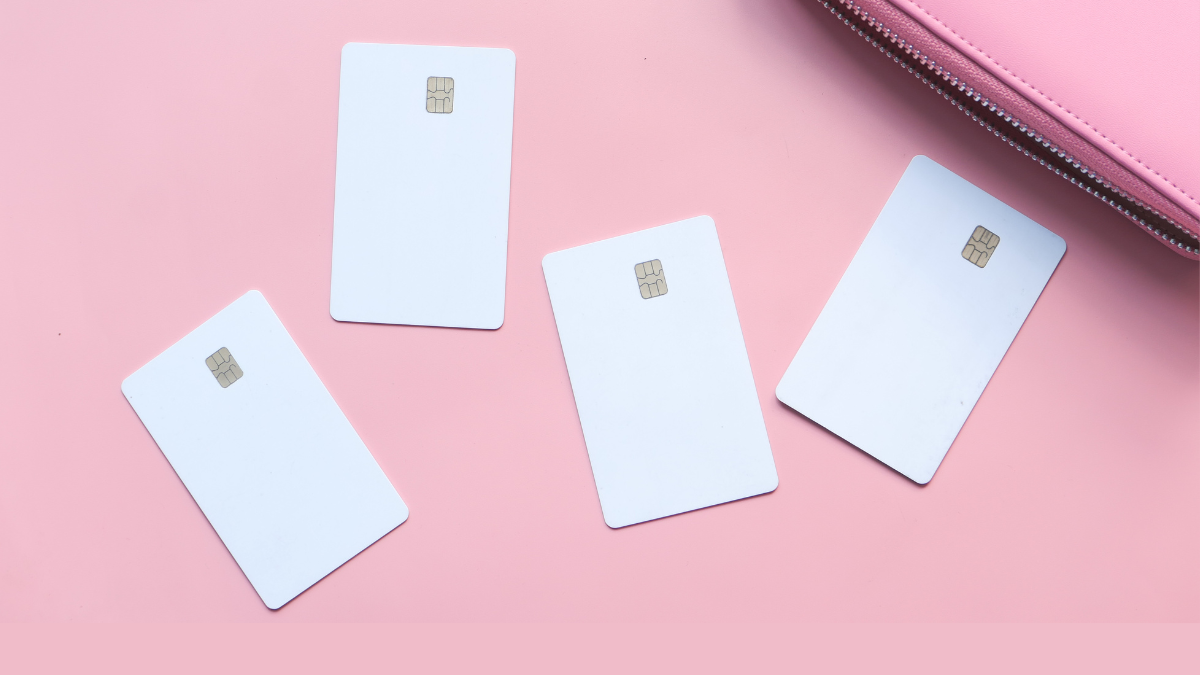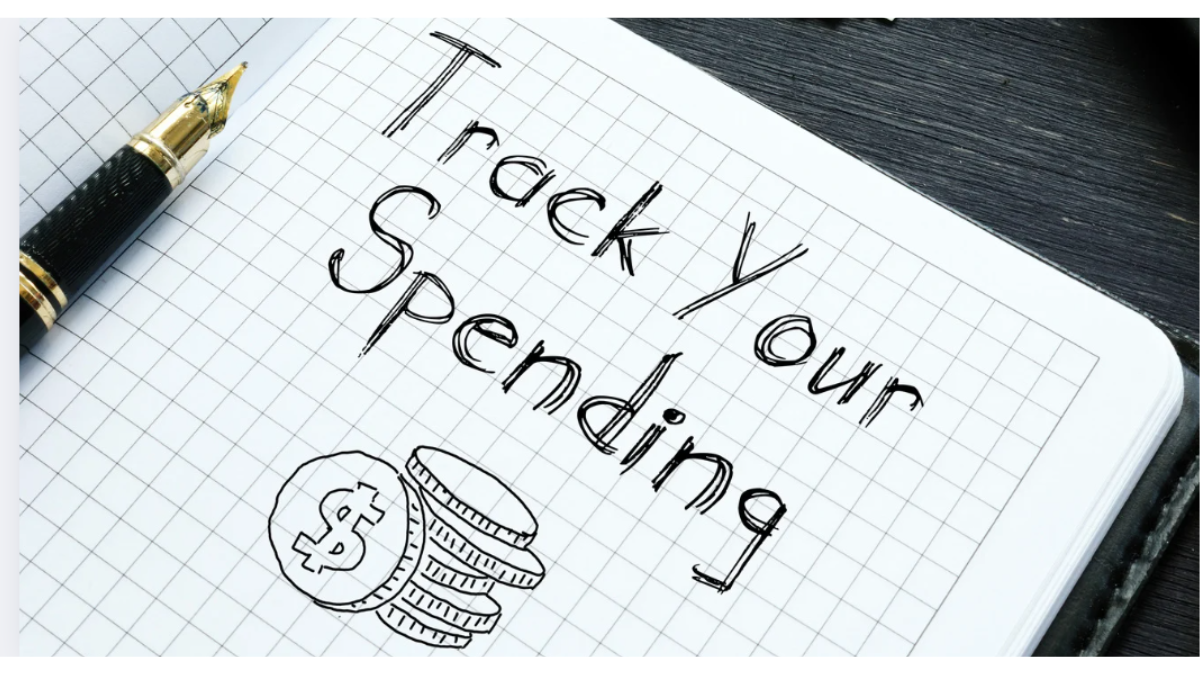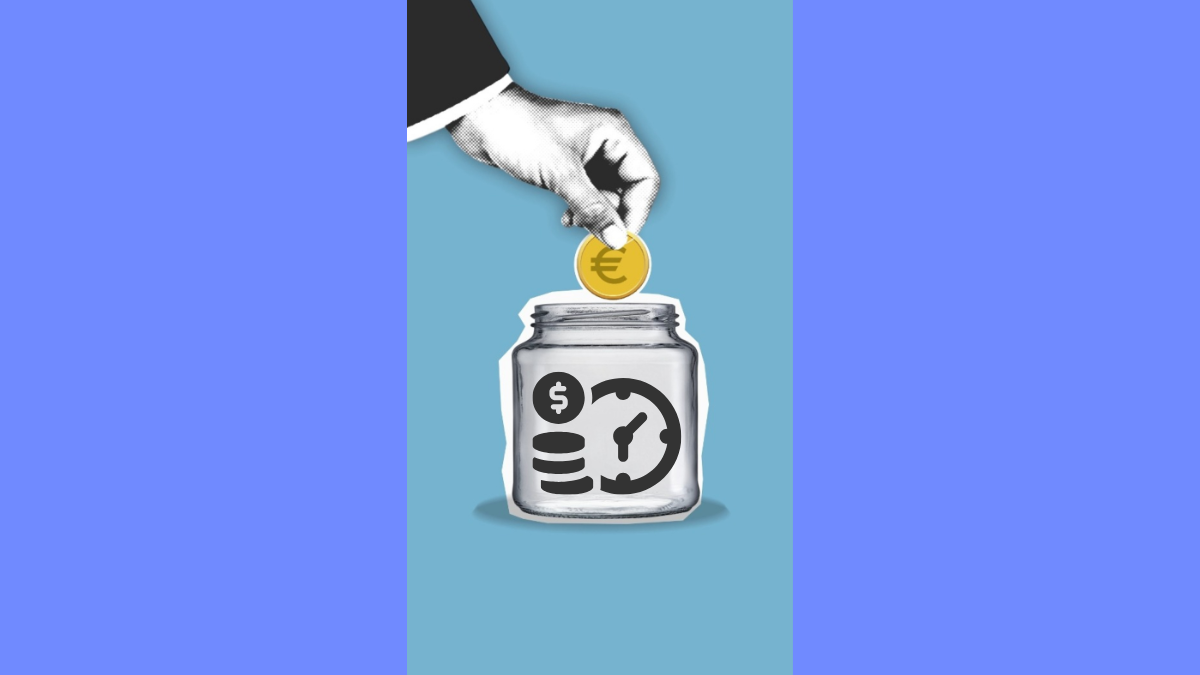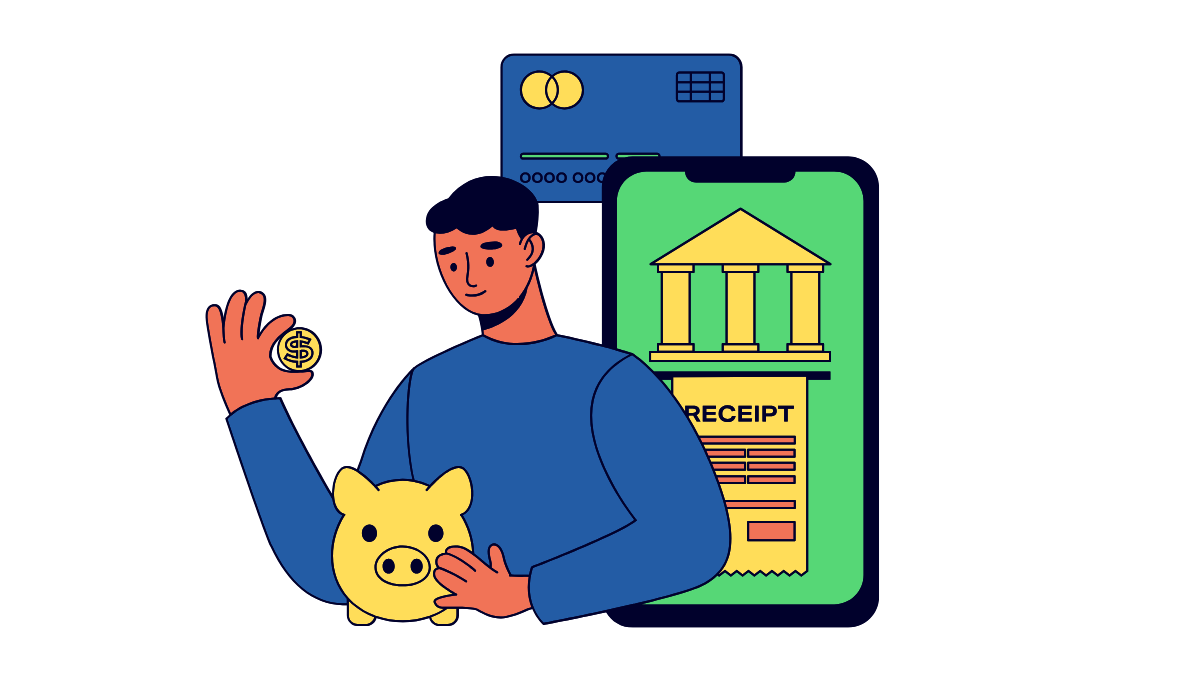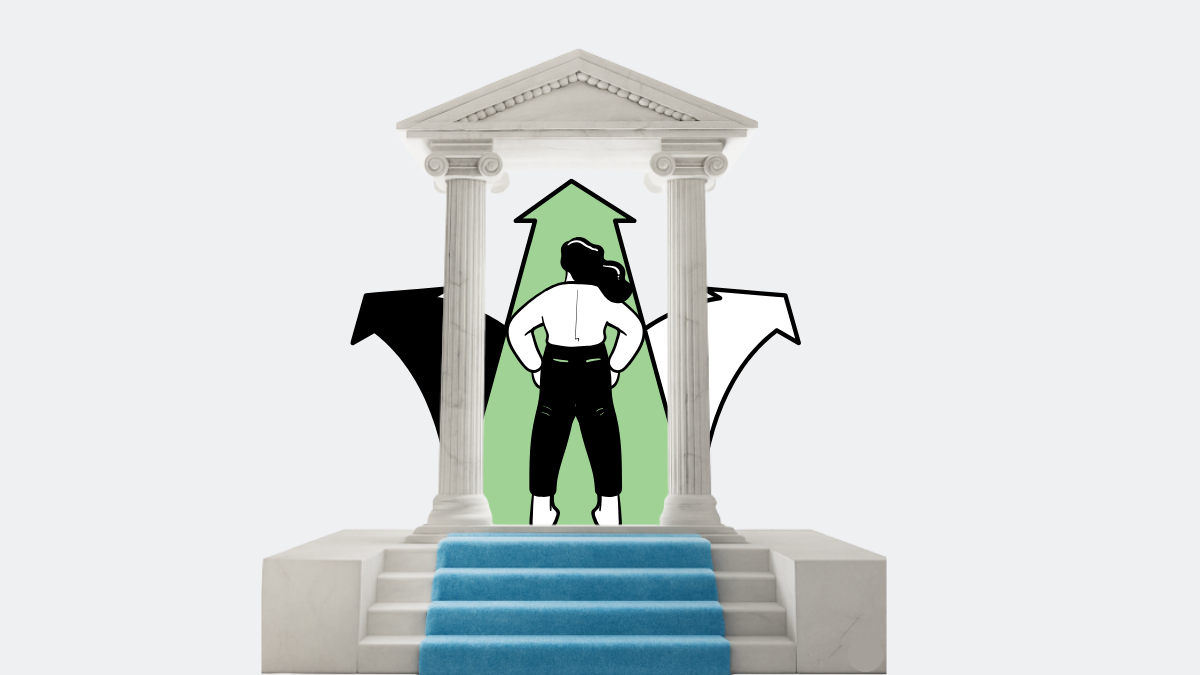What Is a High-Yield Savings Account?
A high-yield savings account is a savings account that offers much higher interest rates than traditional savings accounts — often 10–20x more.
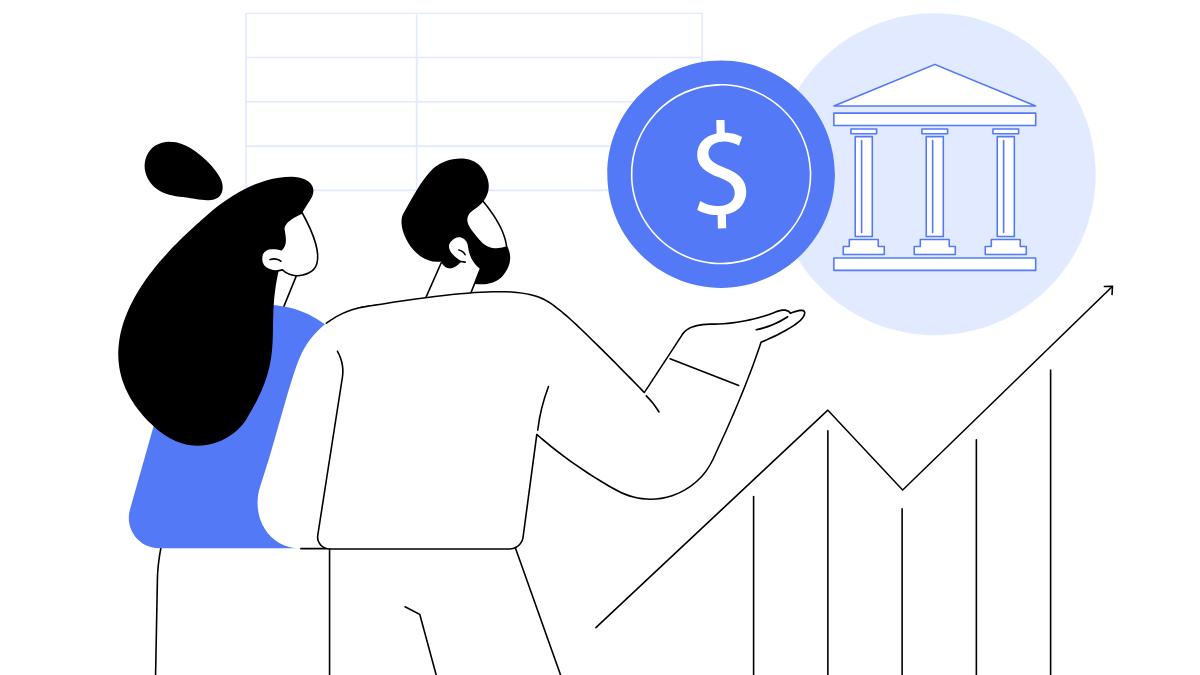
Most brick-and-mortar banks still pay just 0.01% APY, but in 2025, top HYSAs are offering between 4.00% and 5.25% APY. That means:
- $10,000 in a regular account earns $1 in a year.
- $10,000 in a HYSA earning 5% APY earns $500 — passively.
These accounts are usually offered by online banks, fintech platforms, and credit unions, which keep overhead low and pass savings back to you in the form of higher interest.
Why HYSAs Matter Right Now
In 2025, high-yield savings accounts aren’t just a smart option — they’re one of the few tools savers have to preserve and grow their money safely. Here’s why they matter more than ever:
1. Inflation Is Still a Factor
Although inflation has eased from the record highs of recent years, it hasn’t disappeared. Everyday expenses like groceries, rent, and utilities are still higher than they were just a few years ago — and your cash loses value the longer it sits in a 0.01% savings account.
A high-yield savings account helps your money keep pace with inflation by offering interest rates that are 10–20x higher than traditional savings options. For example:
- At 5.00% APY, $10,000 earns $500 in one year — passively.
- In a regular bank account at 0.01%, that same $10,000 earns only $1.
While an HYSA won’t outpace inflation long-term like investing can, it slows down your money’s erosion — making it a powerful short-term savings vehicle.
2. The Fed’s Rate Environment Creates Opportunity
Interest rates set by the Federal Reserve directly influence how much banks are willing to pay you for deposits. Over the past two years, the Fed has kept rates elevated to control inflation — and banks have responded by offering more competitive savings products.
That means we’re in a rare environment where:
- Safe, liquid savings can earn 4.00%–5.25% APY.
- Online banks and fintech platforms are constantly adjusting rates to stay ahead of competitors.
- Consumers have leverage to shop around and choose the best deal without sacrificing liquidity.
If you're not taking advantage of a high APY right now, you're leaving hundreds of dollars on the table — especially on large balances.
3. FDIC and NCUA Insurance = Peace of Mind
High-yield savings accounts may sound new or digital-first, but they’re every bit as safe as traditional banks — if not safer.
The best HYSAs are issued by FDIC-insured banks or NCUA-insured credit unions, meaning:
- Your deposits are protected up to $250,000 per depositor, per institution.
- If the bank or credit union fails, the federal government guarantees your money.
- Insurance coverage is automatic — you don’t have to apply or pay extra for it.
This level of safety, combined with high returns and easy access, makes HYSAs an ideal place for emergency funds, goal-based savings, and idle cash you don’t want to risk in the market.
Top High-Yield Savings Accounts of 2025
Here are the best-performing, most trusted HYSAs this year, based on APY, fees, usability, and customer reviews:
1. UFB Direct – High Yield Savings
- APY: 5.25%
- Monthly Fees: $0
- Min Balance: None
- Highlights:
- One of the highest APYs nationwide
- Fast, mobile-first interface
- 24/7 customer support
2. Bask Bank – Interest Savings Account
- APY: 5.10%
- Monthly Fees: $0
- Min Balance: $0
- Highlights:
- Strong, stable APY
- No hidden fees
- Easy to link with external accounts
3. CIT Bank – Platinum Savings
- APY: Up to 5.05%
- Monthly Fees: None
- Min Balance: $100
- Highlights:
- Tiered interest for $5K+
- Mobile app + check deposit
- No penalties or transfer fees
4. Ally Bank – Online Savings
- APY: 4.35%
- Monthly Fees: None
- Min Balance: $0
- Highlights:
- User-friendly app
- Buckets for savings goals
- Top-rated customer support
5. Discover Bank – Online Savings
- APY: 4.30%
- Monthly Fees: $0
- Min Balance: None
- Highlights:
- Trusted name in banking
- No transfer or check fees
- Great tools for tracking
6. SoFi Bank – Savings with Vaults
- APY: 4.60%
- Monthly Fees: $0
- Min Balance: None
- Highlights:
- Vaults to separate savings goals
- Get paid 2 days early with direct deposit
- Cashback offers for members
How to Choose the Best High-Yield Savings Account for You
Not all high-yield savings accounts are created equal. While the advertised APY often grabs attention, it’s just one piece of the puzzle. To truly find the right HYSA for your goals, weigh these five key factors before opening an account:
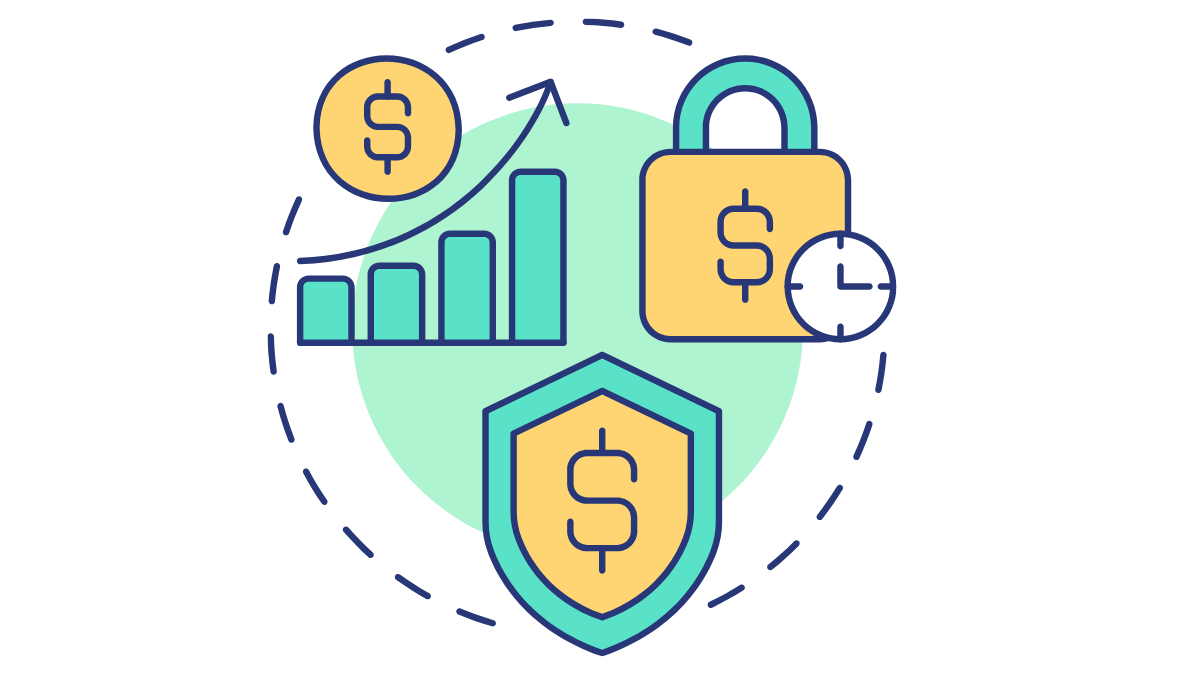
1. Interest Rate (APY)
The annual percentage yield (APY) tells you how much interest your money will earn in a year. Naturally, the higher the rate, the faster your savings grow — but be cautious of teaser rates.
Some banks offer limited-time promotions to attract new customers, only to lower the APY after a few months. Others may require specific conditions (like direct deposits or large balances) to maintain the advertised rate.
Always check how long the current APY has been in place, and whether it’s guaranteed for any set period.
2. Fees and Fine Print
A legitimate HYSA should charge no monthly maintenance fees. However, some accounts impose hidden costs that can eat into your earnings, such as:
- Inactivity fees
- Low-balance fees
- Excess withdrawal penalties
Others might require a minimum deposit to open or penalize you for moving money too frequently.
Be sure to read the account disclosures carefully before committing.
3. Minimum Balance Requirements
Some accounts require you to maintain a certain balance — often $1,000, $5,000, or even $10,000 — to access the highest APY. Fall below the threshold, and your earnings drop significantly.
Meanwhile, other HYSAs pay the full rate on all balances, regardless of how much you save. These tend to be better options for:
- New savers
- Emergency fund builders
- People saving smaller amounts consistently
Make sure the account’s balance rules align with your financial reality.
4. Transfer & Funding Flexibility
Evaluate how easily you can:
- Link external bank accounts
- Schedule transfers (inbound and outbound)
- Move money without long delays or restrictions
Top online banks support free ACH transfers, fast funding times, and multiple linked accounts. On the other hand, some platforms may take 3–5 business days to complete a transfer or limit how frequently you can move funds.
A good HYSA should give you access to your money when you need it — without friction.
5. Customer Experience & Mobile Access
Even with great rates, a frustrating user experience can turn a good account into a bad one. Consider:
- Does the mobile app have high ratings and frequent updates?
- Is there live support (chat, phone, email) when issues arise?
- How easy is it to set up alerts, view activity, and manage transfers?
User reviews and app store ratings often reveal what it’s really like to manage your money on the platform.
An intuitive, well-rated banking app is a must — especially if you plan to manage savings on the go.
Pro Tips to Maximize Your High-Yield Savings Account
Getting a high interest rate is just the start. These smart strategies help you get the most out of your high-yield savings account — consistently and intentionally.
1. Set Up Automatic Transfers
The easiest way to build savings is to make it happen automatically. Set up recurring transfers from your checking account to your HYSA on a weekly or monthly basis — even a small amount like $25/week compounds quickly over time.
This not only removes the temptation to spend, but also treats saving as a non-negotiable “expense,” just like rent or utilities.
If you wait to transfer “what’s left over” at the end of the month, you’ll save far less. Automate instead.
2. Avoid Dipping Into Your HYSA
A HYSA should be used for storing — not spending. The key to seeing compound growth is consistency. Every time you dip into your balance, you reset that compounding effect.
Unless you’re facing a true emergency, avoid using this account for impulse purchases or everyday cash flow. The more you treat your HYSA like it’s off-limits, the more rewarding it becomes.
For everyday expenses, keep a separate checking account or cash buffer.
3. Use Multiple Accounts for Separate Goals
Modern HYSAs often allow you to create “buckets,” “vaults,” or sub-accounts within your main savings account. This is especially useful for tracking different financial goals.
Instead of lumping everything together, you can divide your funds into purpose-driven categories like:
- Emergency fund
- Vacation or travel
- Holiday spending
- New car or down payment
- Insurance or tax reserves
This mental accounting helps keep you motivated and clear about what each dollar is for.
Banks like Ally, SoFi, and Capital One support goal-based savings tools right in their apps.
4. Compare Rates Regularly
HYSA rates can change at any time. Some banks drop their APY without notice, while others raise theirs to stay competitive.
Make it a habit to review your interest rate quarterly. If your current APY falls significantly below what top banks offer, don’t hesitate to move your funds — it’s your money, and you deserve the best return.
A 1% difference on $10,000 is $100 per year — for doing nothing but switching.
Common Myths About High-Yield Savings Accounts
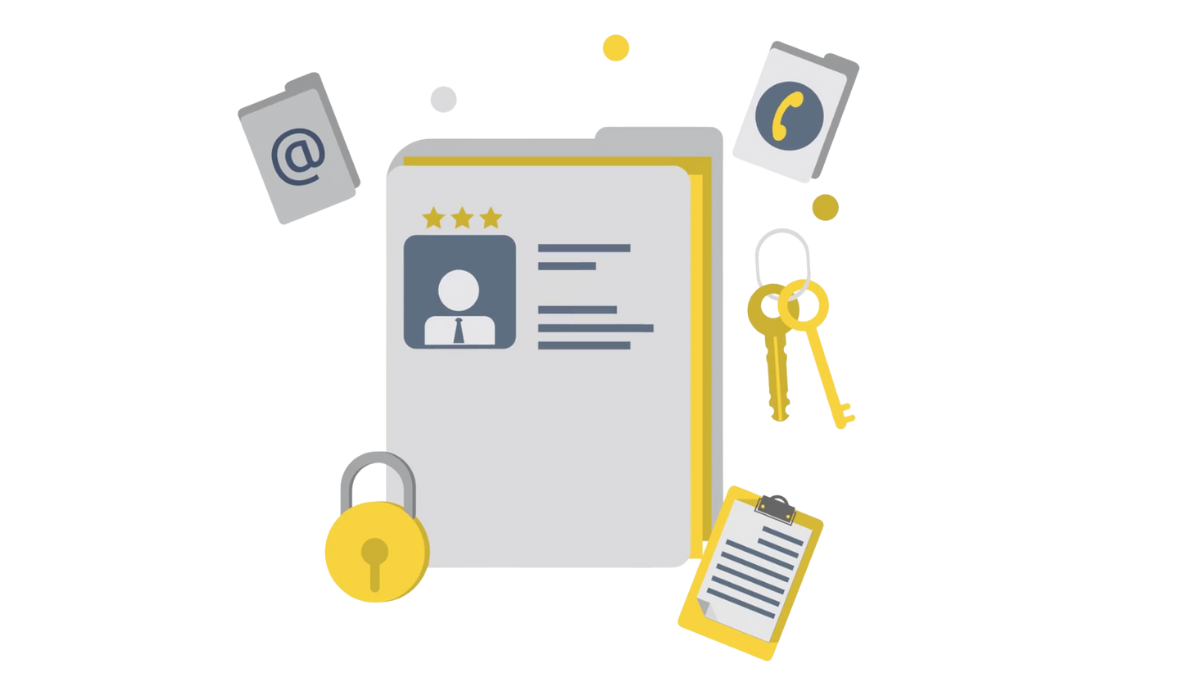
“They’re not safe.”
Some people believe that because HYSAs are often offered by online banks or fintech platforms, their money isn’t secure.
The truth: Most reputable high-yield savings accounts are backed by either the FDIC (Federal Deposit Insurance Corporation) for banks or the NCUA (National Credit Union Administration) for credit unions. That means your deposits are insured up to $250,000 per depositor, per institution, per ownership category — just like a traditional bank.
Even if the bank or platform fails, your money is protected. What matters most is that the institution is officially FDIC- or NCUA-insured — not whether it has physical branches.
“You’ll be locked in.”
This myth comes from confusing HYSAs with certificates of deposit (CDs) or investment products that have holding periods.
The truth: HYSAs are fully liquid, meaning you can withdraw or transfer your money at any time — without penalties. Unlike CDs, you don’t have to commit to a fixed term.
The only limitation is that some savings accounts may restrict you to six withdrawals per month (a legacy of the now-suspended Regulation D), but you’re never locked in or forced to keep your money parked if you don’t want to.
“Interest rates are guaranteed forever.”
Some users expect their APY to remain high indefinitely after opening an account — but that’s rarely the case.
The truth: HYSA interest rates are variable, meaning they can go up or down based on the broader economy. In particular, most banks adjust their APYs in response to decisions made by the Federal Reserve — especially changes to the federal funds rate.
That’s why it’s smart to monitor your account’s APY every few months and compare it with other banks. If your rate drops significantly and stays low while competitors rise, it may be time to switch.
Who Should Open a High-Yield Savings Account?
High-yield savings accounts aren't just for the financially savvy — they’re one of the most versatile tools available today. While almost anyone can benefit from opening a HYSA, these groups should especially take advantage:
People With Large Checking Account Balances
If you're keeping thousands of dollars in a checking account earning 0.01% APY — you're leaving money on the table. Transferring that idle cash into a HYSA can turn passive funds into passive income.
For example, $15,000 sitting in a checking account earns $1.50 per year. In a HYSA earning 5.00%, that same money could generate $750 annually — risk-free.
Pro Tip: Set a checking threshold (e.g., $2,000) and move the excess into your HYSA every month.
Anyone Building an Emergency Fund
Every emergency fund needs two qualities: liquidity and safety. A high-yield savings account offers both — along with higher interest than traditional savings accounts.
Whether you're saving $1,000 or six months of expenses, keeping it in a HYSA ensures it’s accessible when you need it and growing when you don’t.
Short-Term Savers (1–3 Year Goals)
Planning a vacation, wedding, down payment, or tuition? If your timeline is short, putting your savings in the stock market is risky. A HYSA protects your principal while still earning a modest return — perfect for time-sensitive goals.
Many HYSAs now offer savings buckets or vaults to visually separate each goal.
People Who Don’t Want to Invest in the Market
Some people are risk-averse. Others are waiting for the right investment opportunity. Either way, a HYSA is the ideal “parking spot” for your money while staying liquid and earning steady interest.
It’s also a great option for people approaching retirement who want to shift into low-risk holdings.
Resources
Advertiser Disclosure
Builds trust. Confirms that these savings accounts are federally insured up to $250,000.

Real-time rates, regularly updated. Complements your static Top 6 list with additional live comparisons.

Educational content explaining what a HYSA is, who it’s for, and how interest is calculated.
